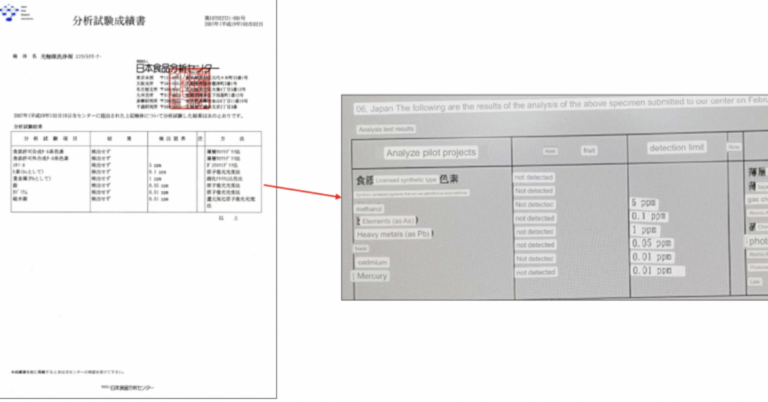The Evolution of Influencer Marketing Metrics
bit bhai 9, radhe exchange, lotus365.win login:Influencer marketing has become an integral part of many brands’ marketing strategies. With the rise of social media platforms like Instagram, YouTube, and TikTok, influencers have the ability to reach millions of followers and create authentic connections with their audience. As this form of marketing has evolved over the years, so too have the metrics used to measure its effectiveness.
In the early days of influencer marketing, brands would often look at metrics such as reach and engagement to gauge the success of a campaign. Reach refers to the number of people who see a post, while engagement includes likes, comments, and shares. While these metrics can provide some insight into how well a campaign is performing, they don’t tell the whole story.
As influencer marketing has grown in popularity, so too has the need for more sophisticated metrics. Brands are now looking beyond simple reach and engagement to metrics that measure the impact of influencer campaigns on their overall marketing goals. Here are some of the key metrics that brands are using today to measure the success of influencer marketing campaigns:
1. Conversion Rate: One of the most important metrics for brands is the conversion rate, which measures the number of people who take a specific action after seeing an influencer post, such as making a purchase or signing up for a newsletter. This metric gives brands a clear indication of how effective their influencer campaigns are at driving real results.
2. Sales Revenue: Ultimately, the goal of any marketing campaign is to drive sales. Brands are now looking at sales revenue generated from influencer campaigns to determine their return on investment. By tracking sales revenue, brands can see the direct impact that influencer marketing has on their bottom line.
3. Click-Through Rate: Click-through rate (CTR) measures the percentage of people who click on a link in an influencer post. A high CTR indicates that the influencer content is engaging and persuasive. Brands use CTR to understand how well their influencer campaigns are driving traffic to their website or landing page.
4. Brand Sentiment: In addition to driving sales, influencer marketing can also help improve brand sentiment. Brands are now looking at metrics such as sentiment analysis to understand how consumers feel about their brand after seeing an influencer post. Positive brand sentiment can lead to increased brand loyalty and advocacy.
5. Return on Investment (ROI): ROI is a critical metric for any marketing campaign, including influencer marketing. Brands are now calculating the ROI of their influencer campaigns by comparing the cost of the campaign to the revenue generated. This metric helps brands understand the financial impact of their influencer marketing efforts.
6. Audience Growth: Another important metric for brands is audience growth. By working with influencers who have a large and engaged following, brands can reach new audiences and grow their own following. Brands are now measuring audience growth to understand the long-term impact of their influencer campaigns on their overall reach.
In conclusion, as influencer marketing continues to evolve, so too do the metrics used to measure its effectiveness. Brands are now looking beyond simple reach and engagement to more sophisticated metrics like conversion rate, sales revenue, click-through rate, brand sentiment, ROI, and audience growth. By tracking these metrics, brands can better understand the impact of their influencer campaigns and make data-driven decisions for future campaigns.
—
**FAQs**
1. What is influencer marketing?
Influencer marketing is a form of marketing that involves partnering with individuals who have a large and engaged following on social media to promote a brand or product.
2. Why is influencer marketing important?
Influencer marketing allows brands to reach a targeted audience in a more authentic and engaging way. Influencers have the trust and loyalty of their followers, making them valuable partners for brands looking to connect with consumers.
3. How do brands measure the success of influencer marketing campaigns?
Brands measure the success of influencer marketing campaigns using a variety of metrics, including conversion rate, sales revenue, click-through rate, brand sentiment, ROI, and audience growth.
4. How can brands improve the effectiveness of their influencer marketing campaigns?
To improve the effectiveness of their influencer marketing campaigns, brands should work with influencers whose values align with their own, set clear campaign objectives, track key metrics, and regularly evaluate the impact of their campaigns.
5. What is the future of influencer marketing?
The future of influencer marketing is likely to involve more regulations and guidelines to ensure transparency and authenticity. Brands will also continue to focus on data-driven decision-making and measuring the impact of their influencer campaigns on their overall marketing goals.







